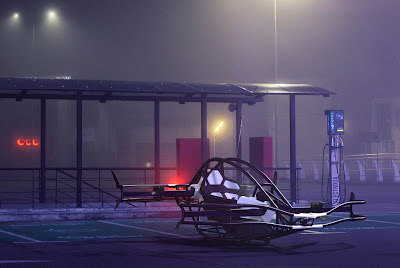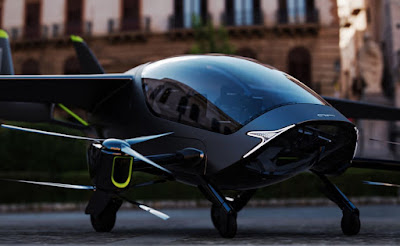Jetson One, Tesla & eVTOLs

Sweden's Jetson 1 Is Powered by Tesla EV Technologies Source: Jetson One Your Personal Flying Machine Will the world's #1 electric car manufacturer Tesla invent a flying car? Given CEO Elon Musk's comments, it is very likely. Recently, Musk promised to equip his much-anticipated new Roadster sportscar with rocket engines to take-off and briefly fly. Now, we've learned that one of the world's hottest eVTOLs (electric vertical takeoff and landing vehicles) - Jetson 1 - is powered by Tesla electric car battery cells. Swedish startup Jetson One is the inventor and developer of Jetson 1. This flying car can be ordered, doesn't require a pilot's or driver's license and has zero emissions. The vehicle has sold out its 2022 production line. 85% of the orders are from US customers. Customers can order a Jetson 1 for production in 2023. Tech Specs Jetson 1 is a fl







